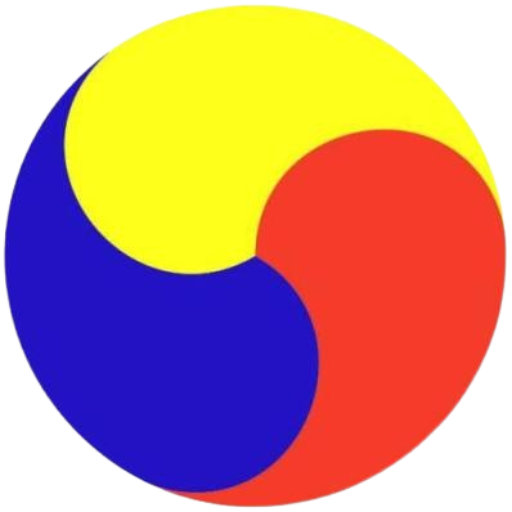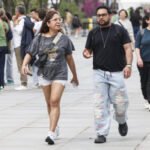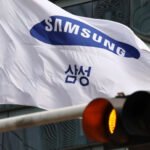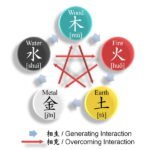
The Bank of Korea (BOK) left its benchmark interest rate unchanged at 2.75% on Thursday, with Governor Rhee Chang-yong warning that a surge in global uncertainty – exacerbated by abrupt shifts in US trade policy – has thrown the domestic economy into “a dark tunnel.”
Speaking at a post-decision press conference, Rhee likened the current economic environment to entering “a tunnel suddenly gone dark,” saying that the central bank would “wait until the light turns on again” before accelerating policy adjustments.
The BOK monetary policy board’s decision to hold was widely expected, but it was accompanied by a strong dovish tilt and growing acknowledgment of downside risks.
“The current uncertainty is unprecedented,” Rhee said, citing escalating US tariffs and volatile global reactions. “The basic scenario is difficult to define, let alone forecast future growth with confidence.”
Five of six board members – excluding Rhee – supported holding rates for now, despite belief that a rate cut was warranted on inflation and growth grounds, he said.

Only one member, Shin Sung-hwan, voted for a 25-basis-point cut, citing persistent weakness in domestic demand and inflation.
“Board member Shin believes a significant rate cut is necessary, but given concerns over the exchange rate and household debt, he advocated for a moderate 0.25 percentage point reduction,” Rhee said.
NEGATIVE GDP GROWTH POSSIBLE IN Q1
The governor flagged a likely sharp downward revision to South Korea’s 2025 growth forecast next month, down from the current 1.5% projection.
“We didn’t anticipate large wildfires in the first quarter, nor did we expect the political uncertainty to persist this long,” he said. “Even without factoring in US tariffs, things look worse than expected.”
The central bank’s own assessment published on Thursday alongside the rate decision hinted at a possible contraction in the first quarter, stating GDP growth likely undershot the earlier 0.2% forecast for the first quarter, with “a small negative print” now possible, according to the governor.

Korea is scheduled to hold an early presidential election on June 3, after former President Yoon Suk Yeol’s impeachment stemming from his short-lived martial law declaration on Dec. 3, which triggered a sharp divide between his supporters and opponents for months.
Domestic political uncertainty has added to the economic drag.
“Heightened political polarization in the first quarter weighed heavily on domestic demand,” the BOK governor said. “We hope that pressure will ease in the second half.”
THE WON FALLS TO A 16-YEAR LOW
Thursday’s BOK decision to stand pat follows a quarter-percentage-point rate cut at the previous meeting in February, which marked the BOK’s third reduction since October 2024, when the central bank began its monetary easing cycle for the first time since August 2021.
In February, the BOK also slashed its economic growth forecast for this year to 1.5% from the previous 1.9% published in November.
The economy expanded 2.0% last year.

In a broad US trade action that has swept up several countries, Korea was slapped with 25% reciprocal tariffs, which President Donald Trump has since paused for three months.
The reprieve provided some relief to the Korean won, which sank to a 16-year low against the greenback on April 9.
KEEP THE DOOR OPEN FOR A RATE CUT WITHIN 3 MONTHS
The BOK’s forward guidance, revealed on Thursday, explicitly acknowledges the likelihood of rate cuts in the coming quarter.
“All six board members agree that we need to keep the door open for lowering the policy rate below 2.75% within three months,” Rhee said.
Yet he tempered expectations for aggressive stimulus, warning that overly accommodative policy could sow long-term risks.
“It may feel fine for a year, but the side effects could be severe later,” he said. “Calls to boost growth with stimulus after a downgrade in our forecast are understandable, but we should keep expectations rational.”

On Tuesday, Finance Minister Choi Sang-mok proposed increasing the size of an envisioned supplementary budget to 12 trillion won ($8.4 billion) from the initially proposed 10 trillion won to support key industry sectors.
Rhee estimated that the 12 trillion won extra budget would boost GDP growth by 0.1 percentage point, offering modest support in the face of broader global and domestic headwinds.
On the currency front, Rhee said the won remains weaker than fundamentals suggest, largely due to geopolitical and trade-driven volatility.
“Our economic models show room for the won to appreciate once the dust settles on US tariffs and political uncertainty,” he said.
He said that future exchange rate moves would hinge on how Washington’s trade agenda evolves, how other countries respond, and the broader impact on US growth and inflation.
“It’s not just about our own politics—global monetary policy, the dollar index, and our own political resolution all matter.”
With the next rate decision scheduled just ahead of Korea’s June presidential election, Rhee emphasized the bank’s independence: “We will make a neutral, depoliticized decision.”
By In-Soo Nam
isnam@hankyung.com
Jennifer Nicholson-Breen edited this article.














